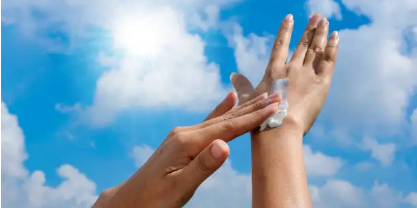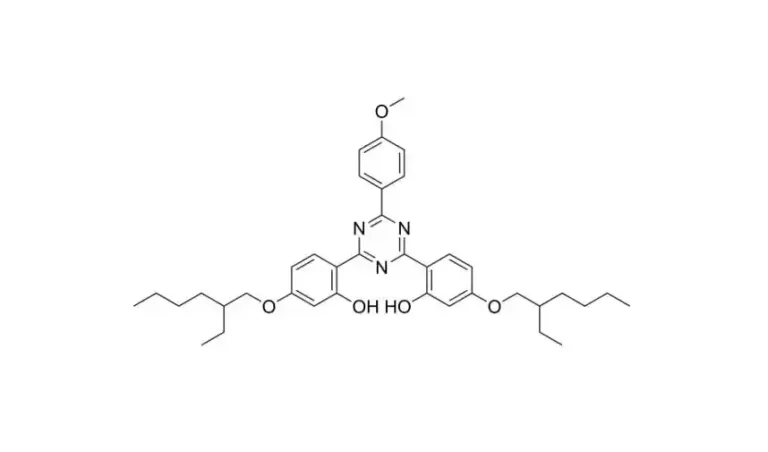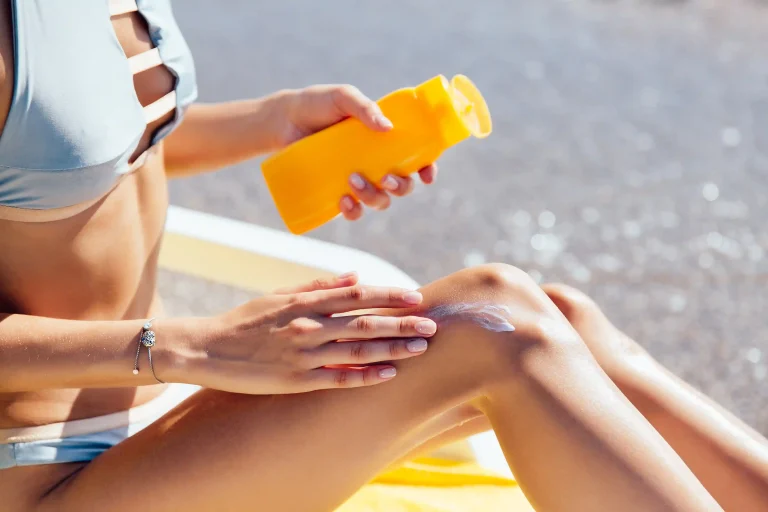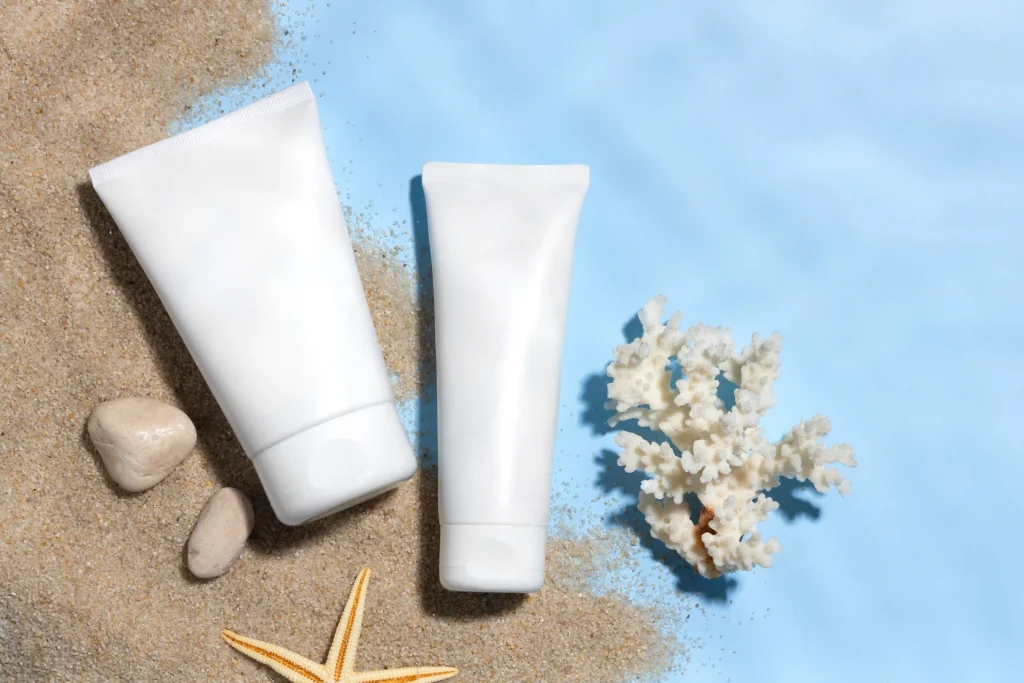
Die Menschen kümmern sich heute mehr um die Umwelt. Viele machen sich Sorgen darüber, wie Sonnenschutzmittel das Leben im Meer beeinflussen. TitandioxidEin beliebter mineralischer Sonnencremebestandteil wird oft als sicherer als chemische Optionen bezeichnet. Ist es wirklich sicher für Korallenriffe?
Dieser Artikel erklärt:
- Wie Titandioxid die Ozeanumgebung verändert
- Wenn es wirklich Korallenriffe schützt
- Wie BFP’ SErdfreundliche Produktion reduziert Schaden
Ist Titandioxid Sonnenschutz schlecht für Meereslebewesen?
Im Gegensatz zu chemischen Sonnenschutzmitteln wie Oxybenzon und Octinoxat (verboten auf Hawaii wegen Korallen verletzen), Titandioxid Bleibt auf der Haut. Es blockiert die Sonnenstrahlen anstatt sich einzunennen. Trotzdem kann es das Meeresleben in gewisser Weise beeinflussen.
Hauptsorgen über Titandioxid im Wasser
- Kleine vs. größere Partikel
- Sehr kleine Partikel(unter 100 nm) kann von Meerestieren gefressen werden. Wissenschaftler untersuchen immer noch, ob dies Schaden verursacht.
- Größere Partikel(über 100 nm) bleiben im Wasser, aber don’ t so leicht gegessen werden.
- Sonnenlichtreaktionen
- Unter starkem Sonnenlicht kann Titandioxid schädliche ChemikalienDiese können winzige Meerespflanzen und -tiere beschädigen.
- Spezielle Beschichtungen(wie Kieselsäure) können diese Reaktionen stoppen.
- Aufbau auf Riffen
- Im Laufe der Zeit wäscht sich Sonnencreme ab und stapelt sich auf Korallen. Zu viel kann die Koralle bedecken und verletzen.
Ist Titandioxid sicher für Riffe?
| Faktor | Wirkung | Bessere Wahl |
| Partikelgröße | Kleine riskieren | Wählen Sie größere Partikel |
| Sonnenreaktionen | Kann schlechte Chemikalien produzieren | Verwenden Sie beschichtete Typen |
| Wasserbewölkung | Macht Wasser weniger klar | Wählen Sie saubere Formeln |
Derzeit sagen Experten größeres, beschichtetes Titandioxid Sicherst für die Ozeane.
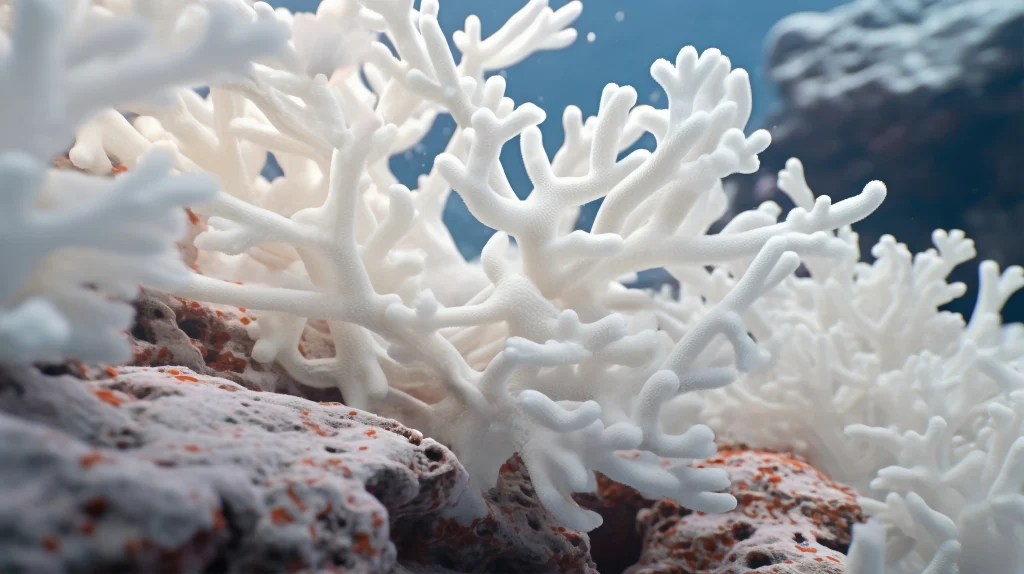
Wie BFP Schäden durch Titandioxid reduziert
BFP macht hochwertiges Titandioxid für Sonnenschutzmittel. Sie arbeiten hart am Schutz der Natur. Ihre T10AHL Titandioxid gibt starker Sonnenschutz während sie Umweltfreundlich.
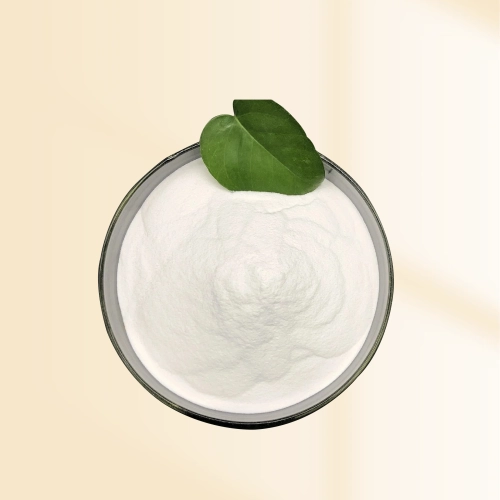
BFP’ Erdfreundliche Methoden
- Spezielle Beschichtungen– Macht die Zutat sicherer im Wasser.
- Sorgfällig aufgemessene Partikel– Bietet sowohl kleine als auch große Optionen, um Regeln zu befolgen und der Natur zu helfen.
- Saubere Produktion– Erzeugt weniger Abfall und verbraucht weniger Energie.
Für Unternehmen, die wollen Meeressicheres TitandioxidBFP bietet eine vertrauenswürdig, grün Wahl.
Wählen Sie eine Erdfreundliche Titandioxid Sonnenschutz
Sie wollen Sonnencreme, die schützt Deine Haut und das MeerDenken Sie an diese Tipps:
1. Wählen Sie größere oder beschichtete Partikel
- Größere Partikelnicht’ t vom Meeresleben gefressen werden.
- BeschichtungenStoppen Sie schädliche Sonnenreaktionen.
2. Schlechte Zusatzstoffe überspringen
Einige Sonnenschutzmittel fügen schädliche Chemikalien wie:
- Oxybenzone
- Octinoxat
- Paraben
Stattdessen wählen reine Mineralformeln.
3. Suchen Sie nach Öko-Labels
Dichtungen wie “ EWG Verifiziert” oder “ Reef Safe” (obwohl nicht perfekt) kann helfen, bessere Produkte zu erkennen.
4. Geschäftlich gekauft vs. hausgemacht
- Sonnenschutzmittel aufbewahrenauf die Sicherheit im Meer getestet werden.
- Hausgemachte MischungenSie können sich zu leicht abwaschen und mehr verschmutzen.
FAQs zu Titandioxid und Natur
Q1: Ist Titandioxid Sonnencreme überall illegal?
A: Keine Länder verbieten es, aber einige Orte begrenzen es sehr kleine Partikel über Umweltsorgen. Überprüfen Sie immer die lokalen Gesetze.
Q2: Tötet Titandioxid Korallen?
A: Wissenschaft zeigt größere Partikel nicht’ t direkt Korallen töten wie Oxybenzon tut. Aber zu viel Sonnenschutz im Wasser verursacht immer Probleme.
Q3: Sind alle mineralischen Sonnencremes sicher für Riffe?
A: Nicht alle. Während Zinkoxid und Titandioxid schlagen chemische Filter, ihre Größe und Beschichtungen wichtigst. Größere, unbeschickte Typen funktionieren am besten.
Q4: Kann Titandioxid Sonnencreme schmutziges Wasser?
A: Alle Sonnencremes verschmutzen, wenn sie stark verwendet werden. Auswahl wasserdichte, erdfreundliche Arten hilft Schaden zu reduzieren.
Intelligente Wahl für Haut und Meer
Titandioxid Sonnenschutz ist viel sicherer als viele chemische Optionen. Die Auswirkungen auf die Ozeane hängen von Partikelgröße, Beschichtungen und Rezept. Picking größeres, beschichtetes Titandioxid— wie BFP’ S T10AHL— gibt starke Sonnenverteidigung bei der Unterstützung des Meereslebens.
Benötigen Sie Meeressicheres Titandioxid für die Herstellung von Sonnencreme? Sehen Sie, wie BFP’ grüne Lösungen kann helfen.


